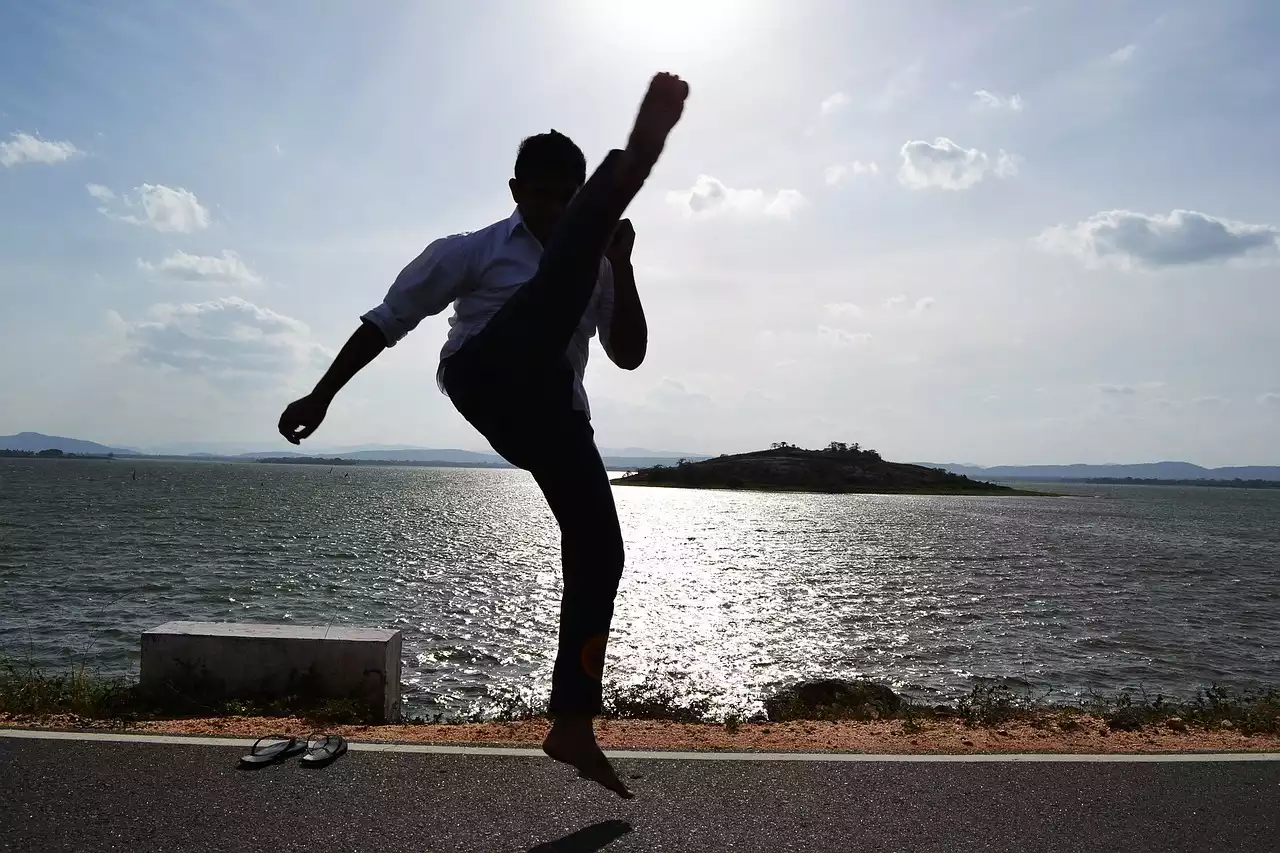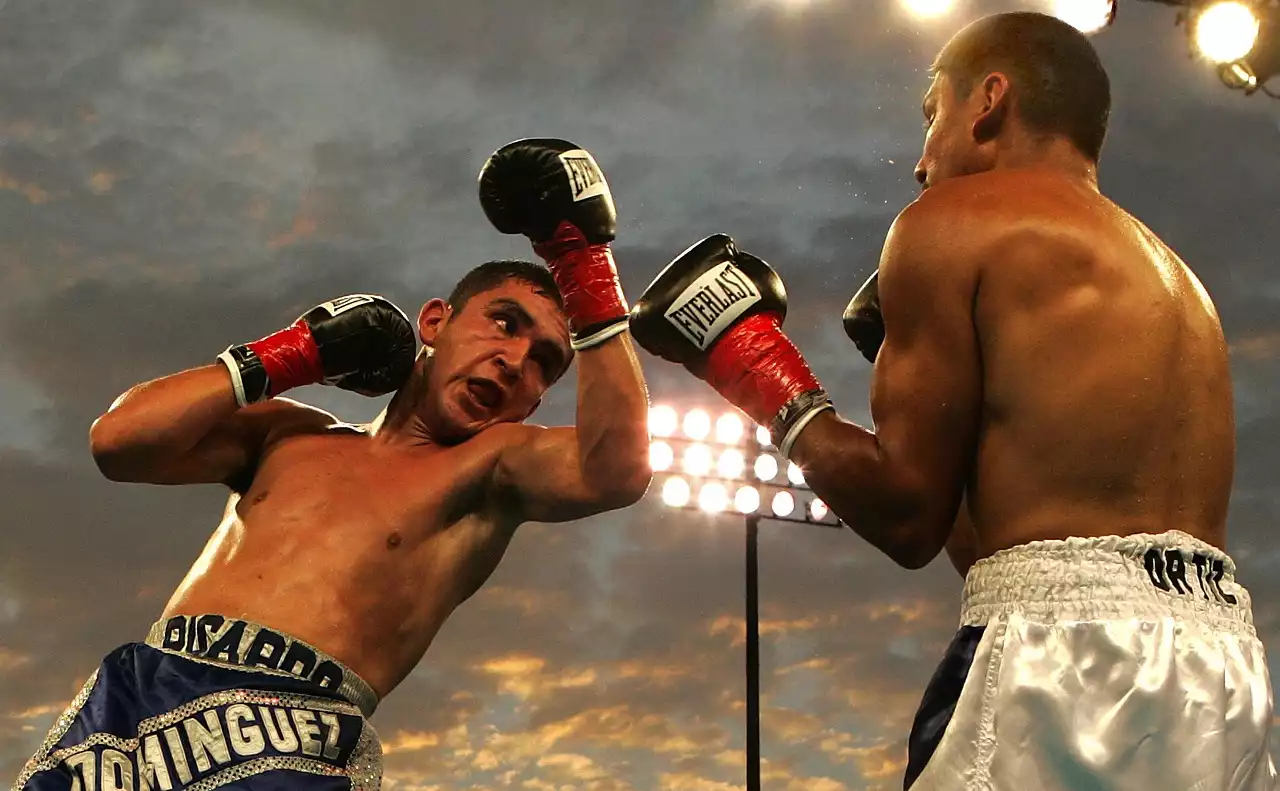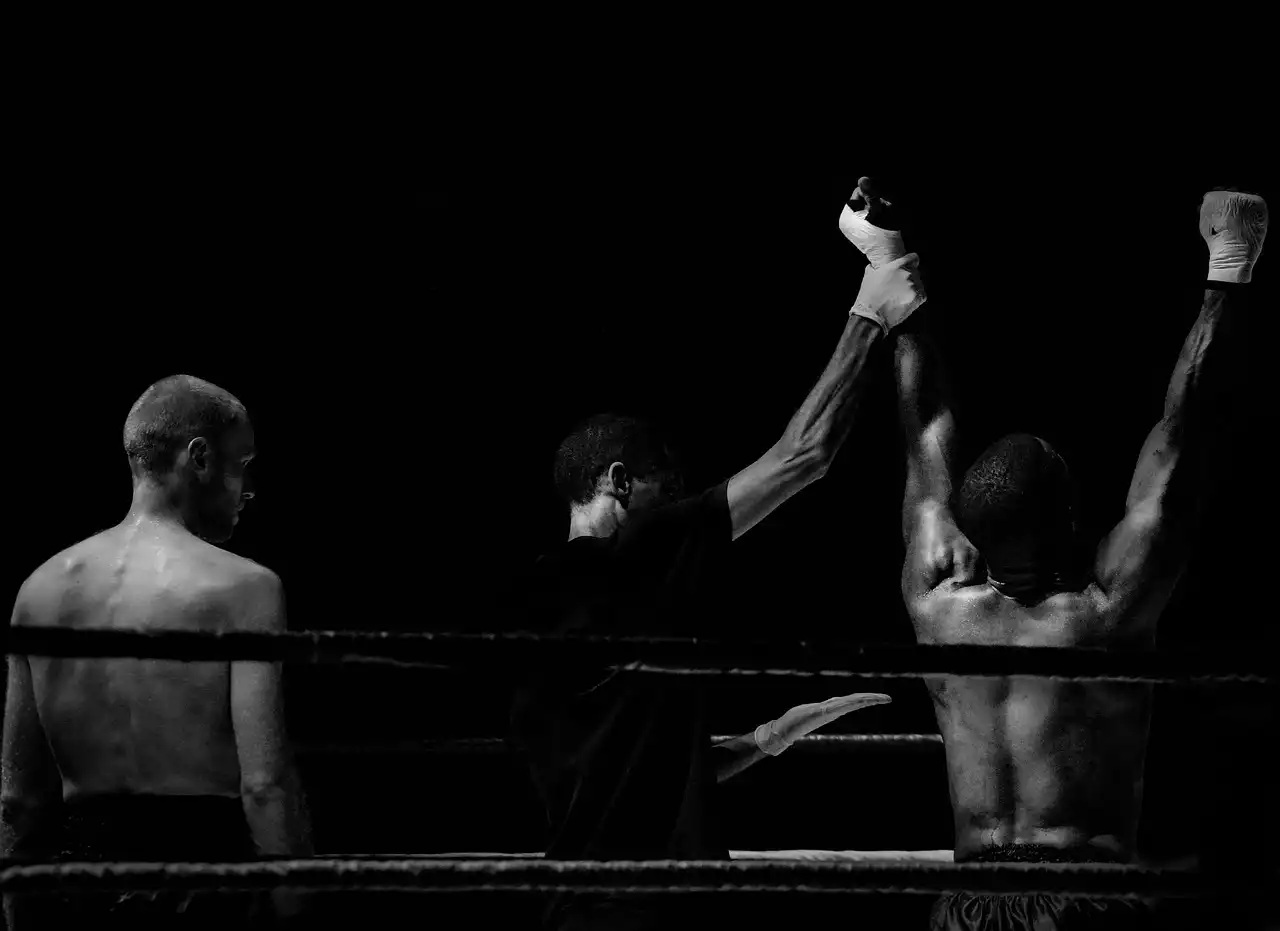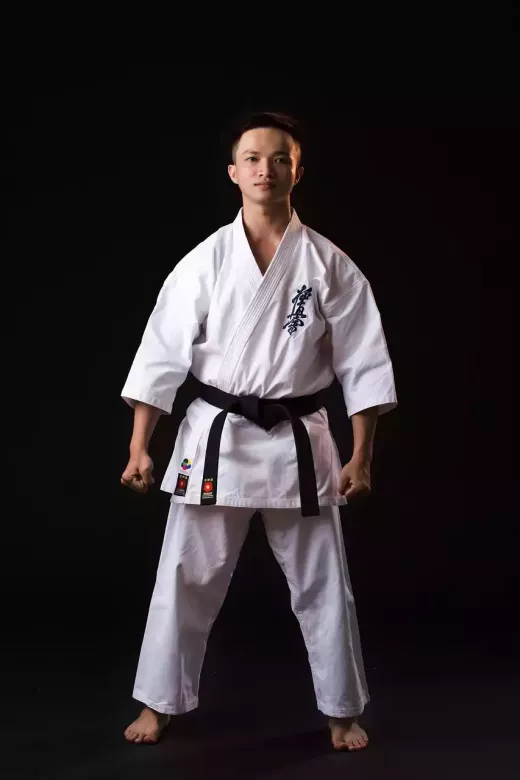The Benefits of Incorporating Kicks in Martial Arts
Martial art is a discipline that requires a combination of different techniques such as punches, kicks, and blocks. While punches are powerful and efficient in close combat, kicks are an excellent way to keep your opponent at a distance and strike with precision. Incorporating kicks in martial arts has several benefits, including:
- Improved Range: Kicks allow you to attack your opponent from a distance, reducing the chances of getting hit.
- Versatility: Kicks are versatile and can be used in different situations, such as offensive, defensive, or counter-attacks.
- Powerful Strikes: Kicks deliver powerful strikes that can cause significant damage to your opponent.
- Improved Balance and Coordination: Kicks require proper balance and coordination, which improves your overall martial arts skills.
- Aesthetic Appeal: Kicks are visually appealing and can impress your audience or judges in martial arts competitions.
Incorporating kicks in martial arts is essential, and mastering different types of kicks can make you a formidable fighter. Now that we understand the benefits let's dive into each kick type.
Understanding the Mechanics of High Kicks
High kicks are one of the most powerful and impressive kicks in martial arts. These kicks require a combination of strength, flexibility, and technique to execute correctly. High kicks are typically aimed at the head or neck area of your opponent and can deliver a devastating blow if executed correctly.
Executing high kicks requires proper technique, and understanding the mechanics of high kicks is essential. The mechanics of high kicks involve the following:
- Chambering: Chambering is the process of bringing your knee up before kicking. This creates tension in your muscles, which adds to the power of your kick.
- Hip Rotation: Hip rotation is crucial for generating power in your kicks. Rotating your hips helps you transfer the power from your leg to your foot, which delivers the kick.
- Knee Extension: Knee extension involves fully extending your leg to deliver the kick. This creates maximum power in the kick.
- Foot Positioning: Proper foot positioning is essential for balance and accuracy. Your foot should be pointed toward your target, and your toes should be flexed upwards.
- Recovery: Recovering your leg after the kick is essential for maintaining balance and avoiding counter-attacks.
Training your high kicks requires a combination of strength, flexibility, and technique. Let's take a look at some training tips for improving your high kicks.
Training Tips for Improving Your High Kicks
Improving your high kicks requires consistent training and practice. Here are some tips to help you improve your high kicks:
- Stretching: Stretching is essential for improving your flexibility, which is essential for high kicks. Incorporate stretching exercises such as hamstring stretches, quad stretches, and hip stretches into your training routine.
- Strength Training: Strength training is essential for generating power in your kicks. Incorporate exercises such as squats, lunges, and calf raise into your training routine.
- Technique Training: Proper technique is essential for executing high kicks with power and accuracy. Practice chambering, hip rotation, knee extension, foot positioning, and recovery techniques consistently.
- Partner Drills: Partner drills are an excellent way to practice high kicks in real-life situations. Practice with a partner who can hold pads or shields to simulate a real-life opponent.
- Visualization: A visualization is a powerful tool for improving your high kicks. Visualize yourself executing high kicks with power and accuracy, and visualize yourself winning in martial arts competitions.
Incorporating these training tips into your routine can help you improve your high kicks significantly. Now, let's take a look at low kicks and when to use them.
Techniques for Executing Low Kicks with Power and Accuracy
Executing low kicks with power and accuracy requires proper technique and practice. Here are some techniques to help you improve your low kicks:
- Foot Positioning: Proper foot positioning is essential for accuracy and balance. Your foot should be pointed toward your target, and your toes should be flexed upwards.
- Chambering: Chambering is the process of bringing your knee up before kicking. This creates tension in your muscles, which adds to the power of your kick.
- Knee Extension: Knee extension involves fully extending your leg to deliver the kick. This creates maximum power in the kick.
- Targeting: Targeting is essential for accuracy and effectiveness. Aim for the thigh, calf, or knee area of your opponent.
- Timing: Timing is crucial for executing low kicks. Wait for the right moment to attack your opponent's legs, such as when they are off-balance or moving.
Incorporating these techniques into your training routine can significantly improve your low kicks.
Roundhouse Kicks - The Most Versatile of All Kicks
Roundhouse kicks are one of the most versatile kicks in martial arts. These kicks can be used in different situations, such as offensive, defensive, or counter-attacks. Roundhouse kicks are typically aimed at the midsection or head area of your opponent and can deliver a powerful strike if executed correctly.
Executing roundhouse kicks requires proper technique, strength, and flexibility. Let's take a look at how to develop strength and flexibility for better roundhouse kicks.










